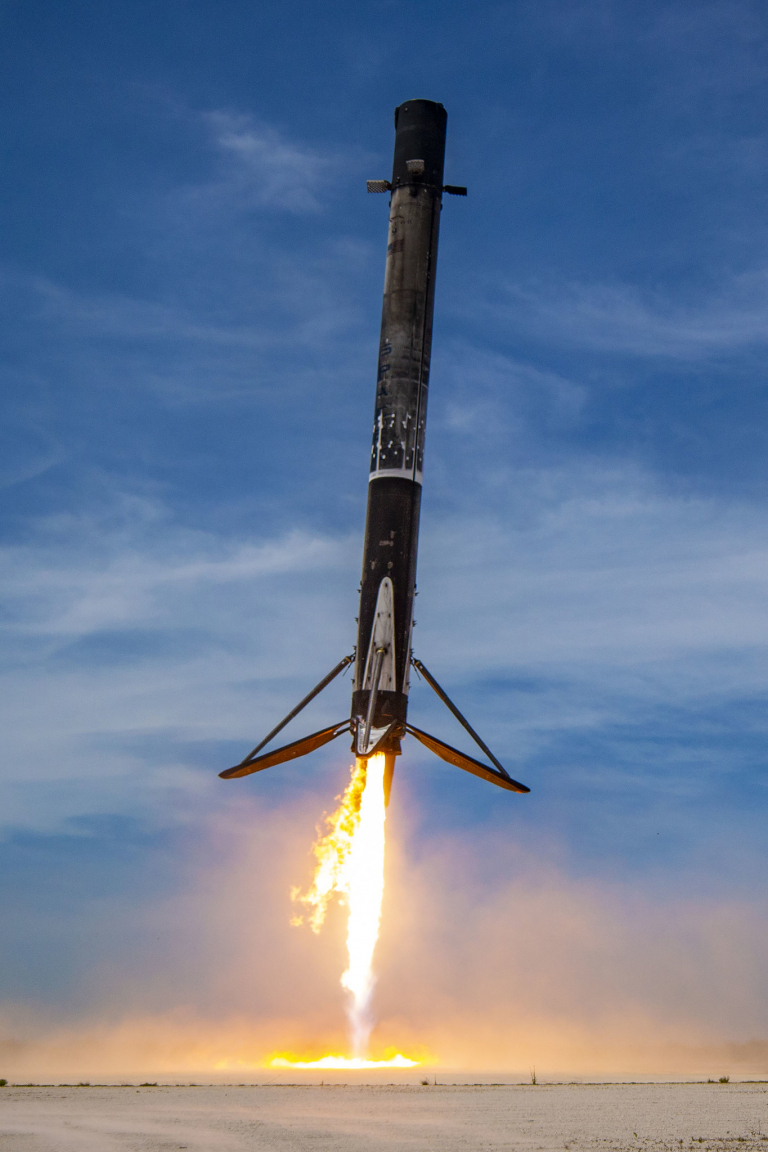5.03.2023

Starship’s first orbital flight is currently planned for March. This is the first time the anticipated flight date of the vehicle is in the current month, and with that, a future of fully reusable rockets is getting closer. But not only is Starship aiming for reusability, but the rest of the industry is also moving toward reusing rockets.
This is the case for rockets in the United States and programs such as the Ariane NEXT in Europe or Chang Zheng 9 in China.
Falcon 9 versus Super Heavy
The obvious part of reusability is the booster. SpaceX already demonstrated the partial reusability of rocket stages with the landing of the Falcon 9. Initially, the company even intended to explore reusability for their much smaller Falcon 1 vehicle, but in December 2015, Falcon 9 became the first orbital class first stage to land safely back on the ground.
SpaceX is choosing a similar approach for Super Heavy, with some modifications. The obvious one is the modification of the landing profile, as the Super Heavy Booster will not land on a drone ship or landing pad, like Falcon 9, but instead land on the Chopsticks of the launch and landing tower called Mechazilla.
This change eliminates the need for landing legs for the Booster, as it will never go beyond Earth, where it might need landing legs after all. SpaceX eliminated the mass of the landing legs from the design and put that weight onto stage zero, so there is less mass penalty for the landing.
The other subtle change is the switching of the engine profile for reentering. While the booster for Falcon 9 performs a reentry burn to protect itself against the heat and speed during entry, the Booster for Starship is designed not to need such a capability. It will endure the higher forces during reentry with its robust design rather than actively braking.
Starship
The path is more novel for the vehicle’s upper stage, as it will perform a reentry and landing profile, which is much different from previously performed rocket landings. While the reentry has some similarities with the Space Shuttle, mainly in how it will endure the heating during the reentry using thermal protection tiles, the landing with the so-called “belly flop” is much different.
In this maneuver, the rocket will cancel its horizontal velocity and then perform a skydiver-like “belly flop” maneuver to reduce its vertical velocity before using the engines and fins to turn and land the vehicle in a vertical orientation.
